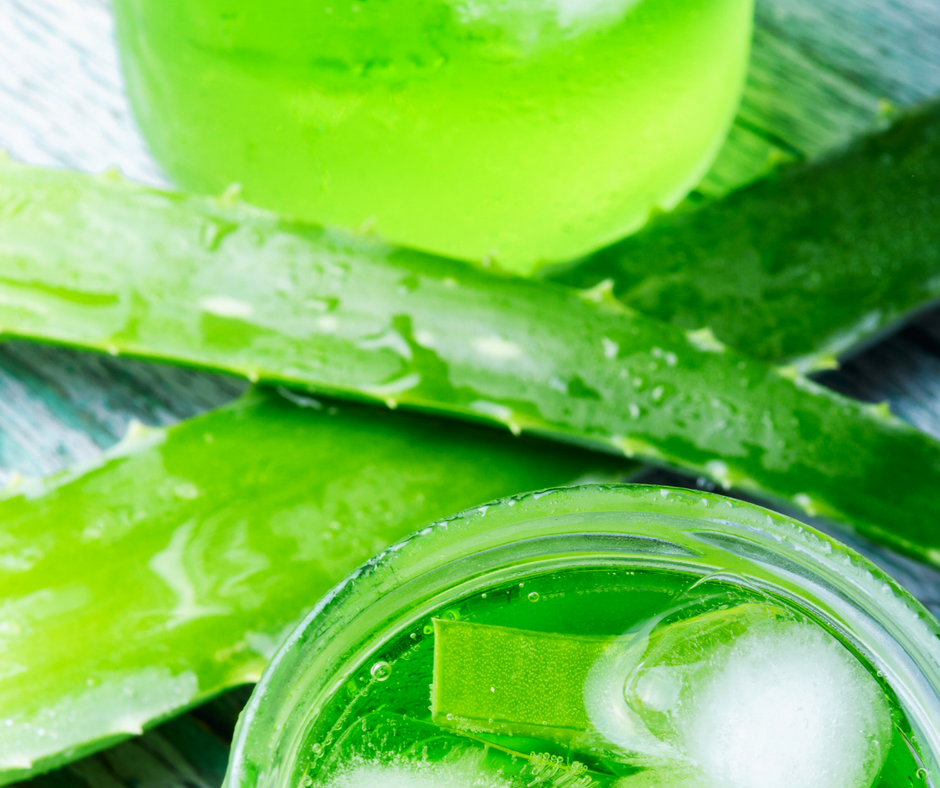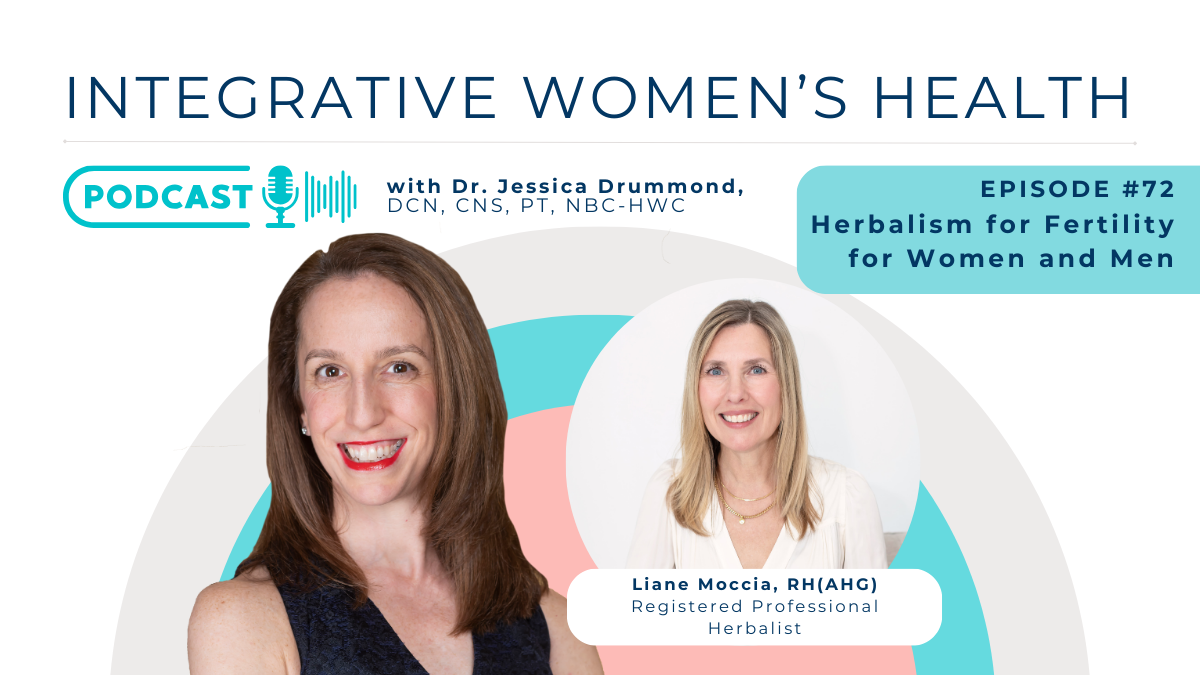
Today I’m digging deep into the research to answer one of my reader’s most burning questions….
“Will drinking aloe juice help my digestion and pelvic pain?”
Struggling with pelvic pain related to endometriosis, or another form of gynecologic pelvic pain often overlaps with digestive issues that can prompt the diagnoses of irritable bowel syndrome (IBS) or constipation. In one study, 29% of the women with endometriosis also had either IBS or constipation1. In many cases the overlap between endometriosis and IBS is not simply a case of misdiagnoses, but of having both endometriosis and IBS2.
Does this sound familiar to you? Do you struggle with constipation or other digestive challenges in addition to your gynecologic pelvic pain? We’d love to hear your story in the comments below.
If you have #pelvicpain related to #endo, it’s a good idea to get your #digestion in top-notch shape to improve your pain. (Click to tweet!)
Improving your overall digestion is a process that involves these basic steps:
- Identify any food or chemical sensitivities and remove them as much as possible to reduce the physical stress on your digestive system.
- Lower your overall stress load and get your stress hormone levels in balance to reduce the physical-emotional stress on your digestive system. (This step is essential, and may actually be the most essential step in the whole processes.)
- Improve the breakdown of food into smaller molecules by optimizing mechanical breakdown (chewing), and enzyme and stomach acid production.
- Heal the lining of the gut so that it functions better as an immune barrier3 – absorbing the nutrients that your body needs, while keeping harmful stuff out.
- Improve the gut microbiome by optimizing the healthy and supportive bacterial load (aka “the good bugs”) in the gut and minimizing potentially harmful yeasts and bacteria.
Today, we’re going to discuss the role of aloe vera in digestive health, and on the health of another common cause of pelvic and sexual pain, lichen planus.
First of all, it’s useful to understand the composition of your aloe vera product. There are three terms used to describe aloe vera products. Aloe gel is a clear, jelly-like substance that is extracted from the inner part of the aloe vera plant4. Aloe latex comes from just under the plant’s skin, and is yellow. Some products are made from the whole crushed leaf so they contain both aloe leaf and gel. Aloe gel is what’s typically used to treat sunburns topically. It is also used for general wound healing. But the application of aloe gel to heal wounds in general is controversial because there is evidence to support it’s ability to improve wound healing, and evidence that it may delay wound healing. Finally, aloe juice products can be made from either aloe gel, or aloe latex or both. Be sure to read the label to be aware of the composition of your aloe juice.
Now, let’s look at the research that’s available to support the use of aloe vera products for the improvement of conditions that relate to pelvic pain…
There is some evidence, though more is needed, that aloe vera gel taken orally for at least 4 weeks can induce clinical improvement, and even remission in some cases, of ulcerative colitis5. Aloe vera gel topically has also been found to be helpful for treating vulval lichen planus another painful condition resulting in both pelvic and sexual pain6.
If you’re experiencing constipation overlapping with endometriosis, there is good evidence according to the Mayo Clinic’s online database of alternative treatments that aloe vera latex can be used to treat mild to moderate constipation. However I found just 2 studies7,8 showing the clear laxative effect of aloe latex, and in one of the studies8 the aloe was combined with psyllium and celandine. However, if aloe is used in isolation without completeing all of the steps (above) for optimizing your digestion, aloe may reduce the constipation, but it has not been shown to reduce the pelvic pain associated with the constipation8.
Before you run to the store to buy some aloe latex to treat your constipation, be aware that this option has some serious risks. The clinical trials are limited, and the risks have not been well documented because the trials have lasted no more than 28 days. There are three main concerns that have been reported. First, because aloe moves quickly through the digestive systems it’s best not to take it with medications, and be aware that it may interfere with the absorption of medications. Second, at high doses, for use longer than 30 days, aloe latex may cause cancer or kidney disease, or even death9. Because of these concerns the FDA has revoked it’s approval of aloe latex as a treatment for constipation10. Finally, traditionally aloe has been used orally to stimulate menstruation, but it has the potential to increase menstrual bleeding too much. Certainly be cautious with aloe if you have heavy menstrual periods.
What’s my bottom line recommendation on the use of aloe as a helpful treatment for constipation related pelvic pain?
Because the best studied form of aloe for the treatment of constipation is aloe latex, I recommend being very cautious about it’s use over the long term. I recommend using it for no more than 28 days, and in small, research-based doses.
Most importantly, I recommend a complete digestive healing and optimization program and not to just rely on one specific herbal remedy. Often my clients, who take the step-by-step, evidence-based approach to optimizing their digestion following the steps above, find that their constipation simply resolves over time without the additional need for aloe supplementation.
References:
1. http://www.ncbi.nlm.nih.gov/pubmed/19832874 Meurs-Szojda MM, et al. (2011) Irritable bowel syndrome and chronic constipation in patients with endometriosis. Colorectal Dis Jan;13(1):67-71. doi: 10.1111/j.1463-1318.2009.02055.x.
2. http://www.ncbi.nlm.nih.gov/pubmed/18715239 Seaman HE, et al. (2008) Endometriosis and its coexistence with irritable bowel syndrome and pelvic inflammatory disease: findings from a national case-control study–Part 2. BJOG 115(11):1392-6. doi: 10.1111/j.1471-0528.2008.01879.x. Epub 2008 Aug 19.
3. http://www.direct-ms.org/pdf/LeakyGutMS/Fasano%20intestinal%20barrier%20autoimmunity.pdf
Fasano A and Shea-Donohue T (2005) Mechanisms of disease: the role of intestinal barrier function in the pathogenesis of gastrointestinal autoimmune diseases. Gastroenterology & Hepatology 2(9): 416-422.
4. http://www.webmd.com/vitamins-supplements/ingredientmono-607-ALOE.aspx?activeIngredientId=607&activeIngredientName=ALOE
5. http://www.ncbi.nlm.nih.gov/pubmed/15043514 Langmead L, et al. (2004) Randomized, double-blind, placebo-controlled trial of oral aloe vera gel for active ulcerative colitis. Aliment Pharmacol Ther 1;19(7):739-47.
6. http://www.ncbi.nlm.nih.gov/pubmed/18940117 Rajar UD, et al. (2008) Efficacy of aloe vera gel in the treatment of vulval lichen planus. J Coll Physicians Surg Pak 18 (10):612-4. doi: 10.2008/JCPSP.612614.
7. http://en.cnki.com.cn/Article_en/CJFDTOTAL-GAYX200510016.htm Zihong L, et al. (2005) The curative effect of aloe on constipation and it’s primary mechanism. Guangdon Medical Journal.
8. http://www.ncbi.nlm.nih.gov/pubmed/1800188
9.http://www.cancer.org/treatment/treatmentsandsideeffects/complementaryandalternativemedicine/herbsvitaminsandminerals/aloe
10. http://www.webmd.com/vitamins-supplements/ingredientmono-607-ALOE.aspx?activeIngredientId=607&activeIngredientName=ALOE







